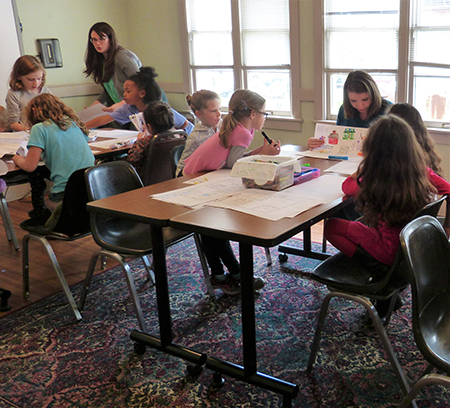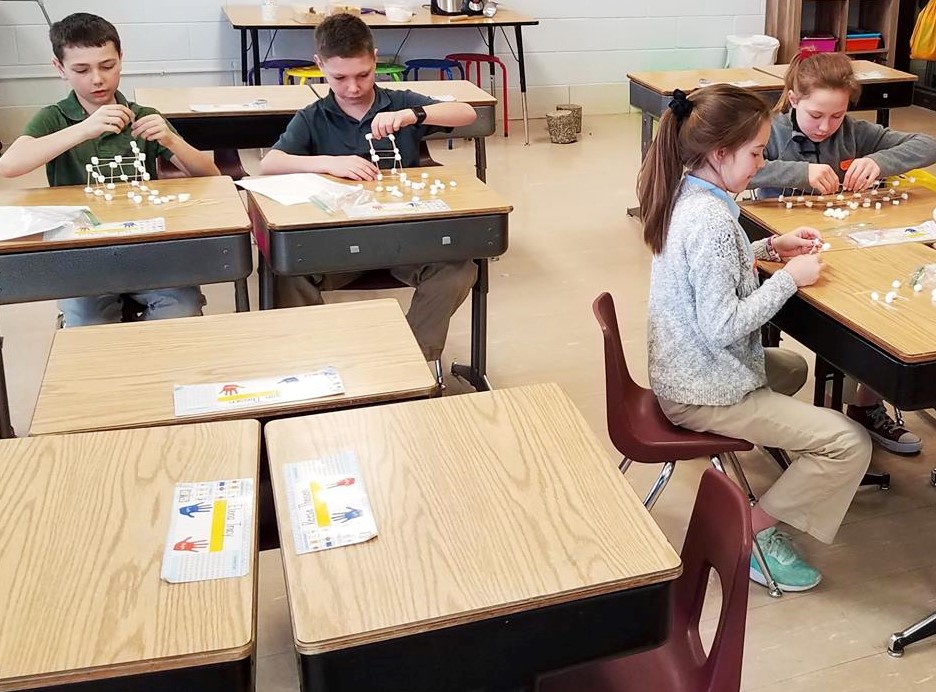In 2017, I had the honor of hearing Former First Lady, Michelle Obama, speak at the American Institute of Architects (AIA) Convention. It was her first speaking engagement post-White House, and it was chosen for a reason. She spoke of the need for all professions to strive to find diversity within their ranks currently, but more importantly, for the future. The cornerstone of this has to be education and exposure at a young age, with fields underrepresented like STEM (Science, Technology, Engineering and Math) and architecture taking a front seat. As she so aptly stated, “You can’t start recruiting from a pool that doesn’t exist. You have to build that pool and you have to start at a young age.”

Just over a year later, on July 24, 2018, the U.S. House of Representatives passed the Carl D. Perkins Career and Technical Education (CTE) Act which, amongst other items, now includes architecture as a classified STEM subject. The act was signed into law by President Trump on July 31, 2018, and provides states with more than $1 billion in career and technical education grants annually.
This has many implications, only one of which is that it will allow funds allocated for STEM programs to also include architecture. Whether for good or bad, money talks – and a broader allocation of STEM funding simply creates a larger impact. It also means increased exposure to the profession at a much younger age—and to a more diverse group—building up a bright, new, next generation of architects. Last, but not least, it harkens to the acceptance of something we have known for a long time:
Design includes both science and art

You’ve likely heard of STEAM, which adds Art to the traditional STEM equation, but possibly not in the way you may be thinking. One of the key goals of STEAM is to utilize traditional “art” fields to connect with kids in a more diverse way. When it comes to critical thinking and problem solving, there can be many paths to a solution. Proponents of STEAM say it is not about teaching a child to paint, for example, but it is about giving them multiple paths for communication and expression.
These are symbiotic relationships, you see. It’s a balance. To be a good architect, you clearly have to understand science. You also need to be be fluent in technology, good at engineering, confident in math and have the ability and creativity to express yourself in a variety of forms (art). The same statement can be made about many fields that traditionally fall under STEM. To be a good engineer, do you not also need a creative design mind? Would you not also need the strengthened abilities to communicate your ideas? Of course you would! We need the arts involved in this discussion, and in the evolution of STEM moving forward. Creativity leads to deeper learning and enhanced understanding, whatever your profession. Whether it is engineering, computer sciences or architecture, the future and the challenges that accompany it will need this more holistic kind of problem solving.
As Carl Sagan once said, “It is the tension between creativity and skepticism that has produced the stunning and unexpected findings of science.” Indeed. Creativity is key to innovation. Energy, key to the creation of steam. It is our job to get out there and support these programs, no matter what they are called.
This article was authored by former MSA Team Leader and Project Architect Maranna Binder, a 10+-year employee of the firm. Curious to learn more about our architecture work? Connect with MSA’s building team today!